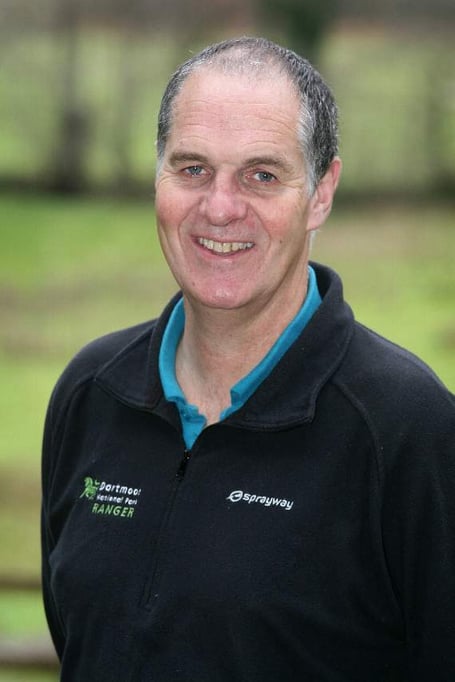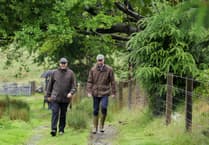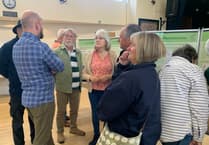The head ranger for Dartmoor National Park Rob Steemson reflects on the important role unpaid wardens and volunteers will play in the park’s future, as budgetary cuts from central government impact even the wild vistas of Dartmoor.
WHATEVER the Chancellor’s recent autumn statement actually means in details for Dartmoor National Park Authority, one thing is for sure – money is tight.
This is why I want to acknowledge the increasingly important role played by our 48 voluntary wardens and other volunteers in helping us to keep Dartmoor looking beautiful.
To put their significance into context, our overall government funding has already been reduced by 42% since 2010. We’ve lost dozens of paid staff and those who remain are working harder than ever to keep the plates spinning.
My team of nine full time rangers – each has their own geographical patch – achieve an incredible amount with limited resources, and there’s no way I’d want to lose a single one of them but they need support, which is where our voluntary wardens and other volunteers come in and play a vital role.
On November 25, we held out voluntary wardens’ annual meeting at Parke, Bovey Tracey, where the start of the 2016 work programme was unveiled. Along with continuing to expand volunteer use on public rights of way, another major task is to start tackling a number of invasive plant species including Japanese knotweed, skunk cabbage and Himalayan balsam.
The first two require specialist treatment and will be left to the professionals. Balsam however, given expert backing, can be targeted by our voluntary wardens whose first job will be to help survey the extent of its spread in the River Dart catchment area.
Other jobs include continuing to clear the Haytor granite tramway, too much of which has been lost under gorse and peat, whilst the removal of impeding vegetation growth on archaeological features at various sites is also very popular.
Voluntary wardens will be on hand to support and ensure that other volunteers who fancy giving a hand are working safely. In addition they can explain to other passers-by what the specific project entails and how the natural Dartmoor landscape is actually the product of industry, habitation and farming.
Then there’s the Moor than Meets the Eye (MTMTE) project, a £4-million, five year initiative we’re a partner in. It aims to tell the story of 4,000 years of Dartmoor history, and voluntary wardens will be at various MTMTE events such as Bellever Day in July, providing invaluable back-up to authority staff and partners in any number of ways.
The one very practical example of how volunteers help is with the upkeep of 753 public rights of way that stretch 724km (453 miles) across the moor.
After a review of our commitment to public rights of way we are asking others to help, so if you have some free time please get in touch via e-mail on rsteemson @dartmoor.gov.uk or to look at other volunteering opportunities on the national park website www.dartmoor.gov.uk
I heard someone say the other day that all the cuts we’ve endured mean we now have a DIY Dartmoor – that’s not strictly true but to all those who give their time freely I’d like to offer a heartfelt thanks. They do it for the love of Dartmoor.





Comments
This article has no comments yet. Be the first to leave a comment.